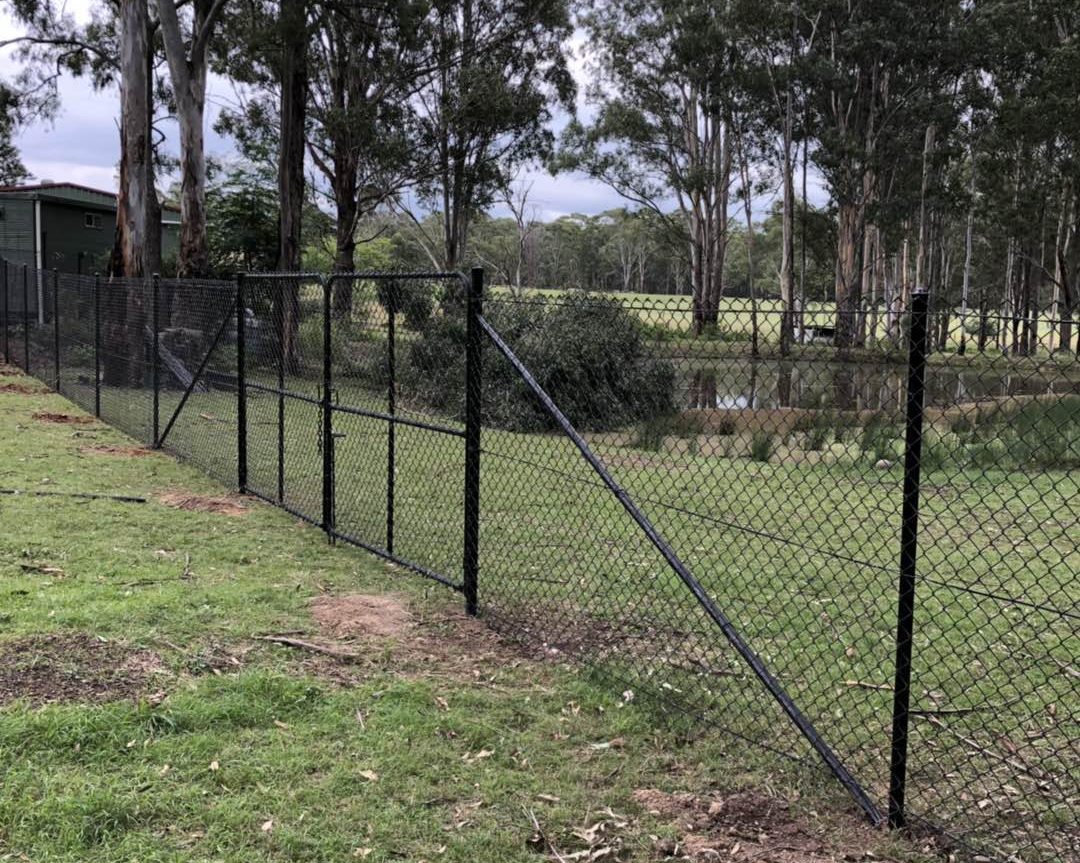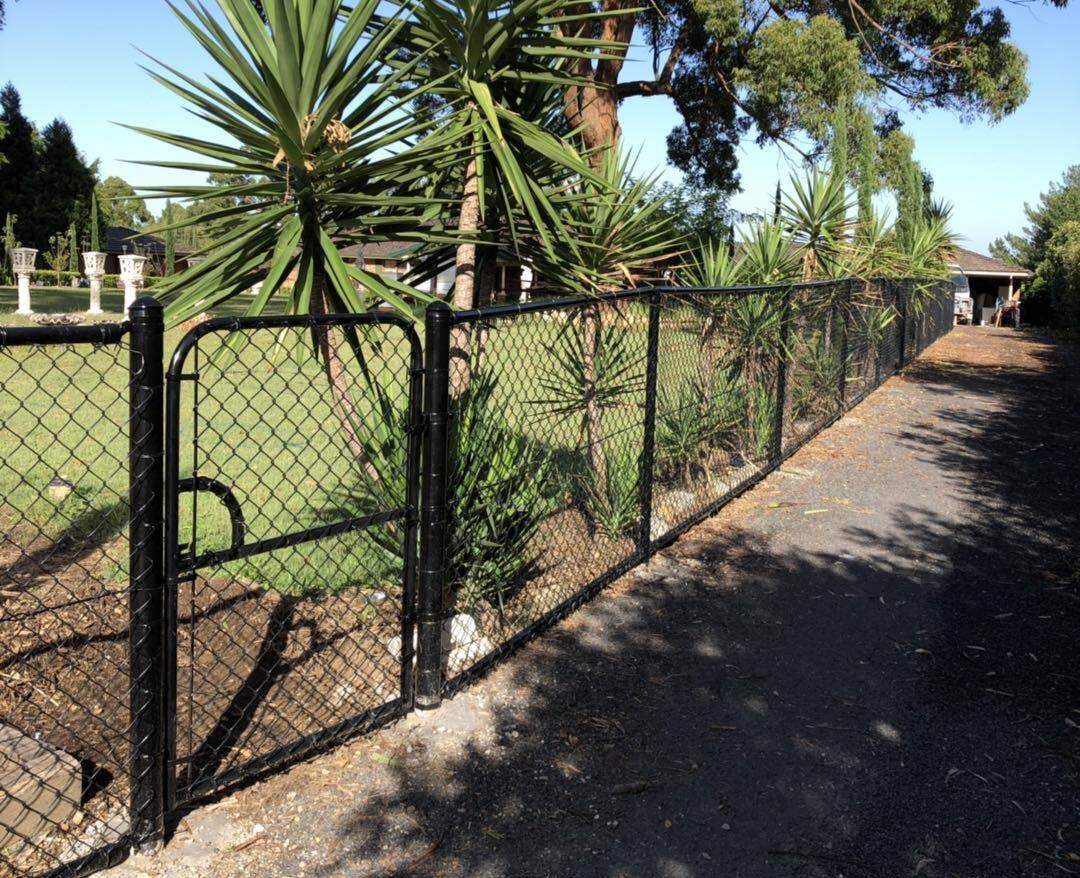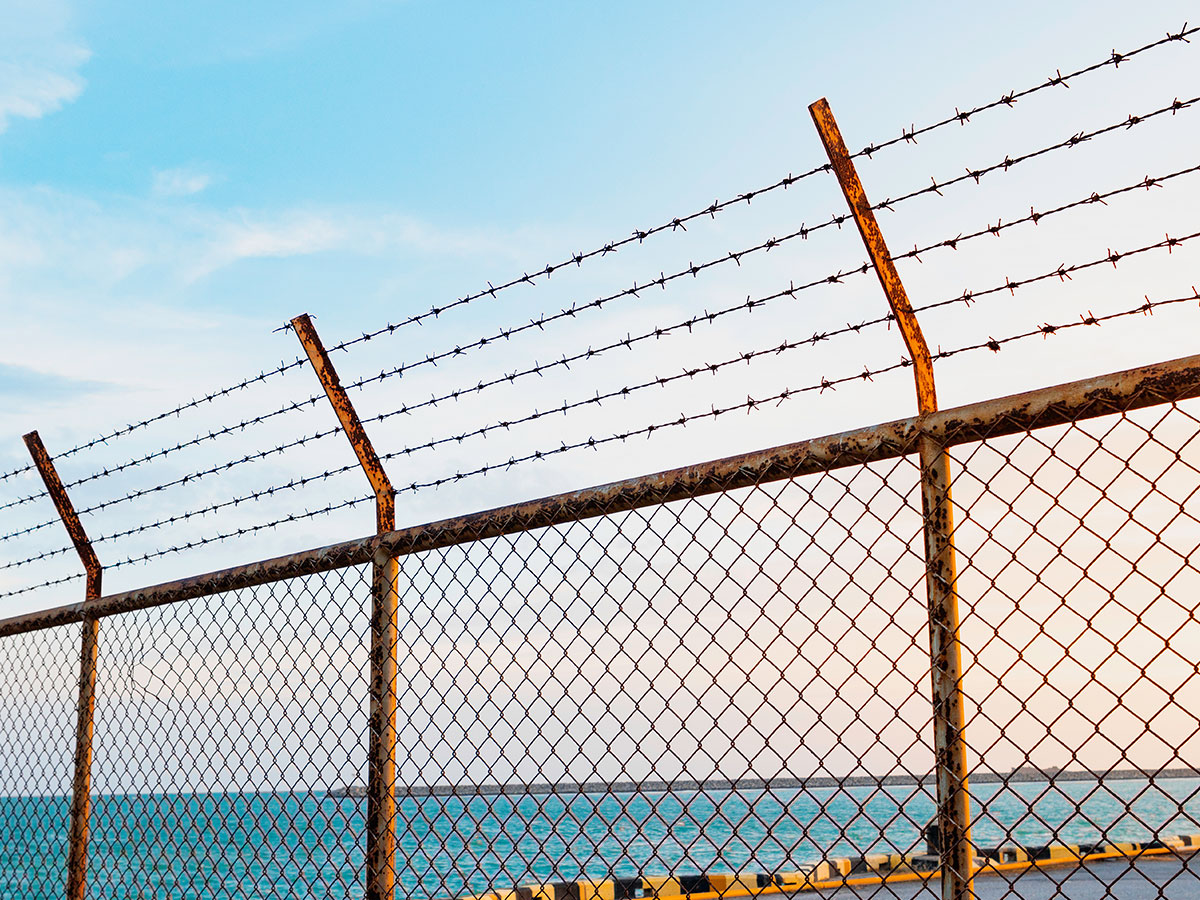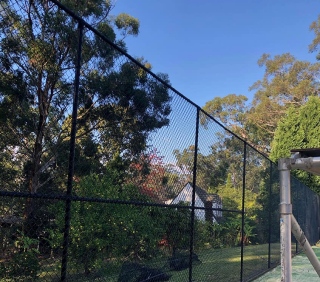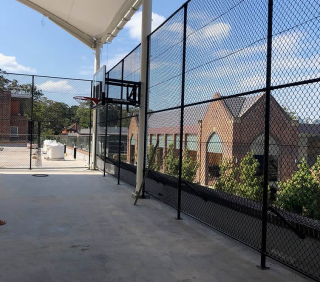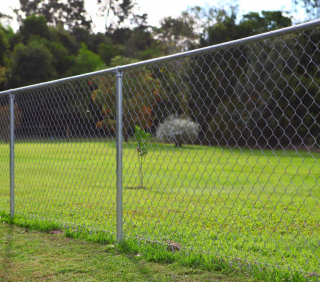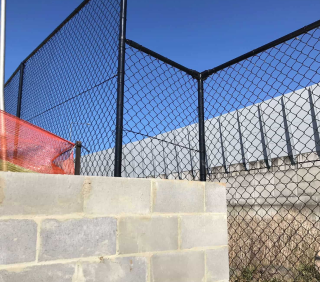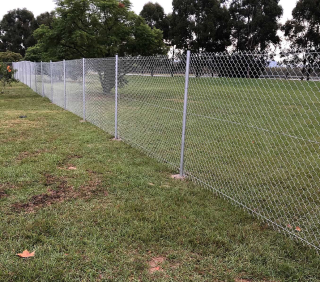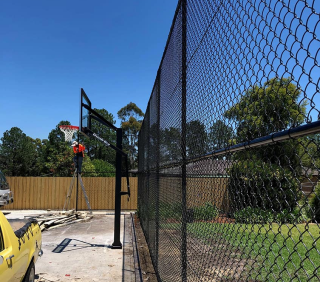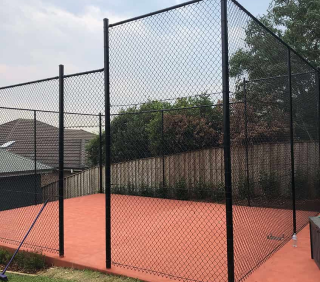My wife was very pleased with your service. The Colourbond fence adds to the aesthetic beauty of our house. Thank you.
Chris
Your perfect work deserves a lot of praise. I will definitely recommend your company for anyone needing fencing solutions.
Nick
I loved the fact that you were well equipped and prepared when you arrived on my property to carry out the installation job. Thank you for delivering such hassle-free services!
Frank
Longain Fencing is the best company! The installers were very professional and had an easy-going and friendly approach. I will contact you very soon for another project.
John
I am overjoyed and delighted with your service. Your company came highly recommended and I now know why. I am really pleased to have hired you for the job.
Christopher
A big thank you to Longain Fencing for your valuable service! I was pleased by the availability of consultation and installation, all done at an affordable price. I look forward to working with you again in the future.
Mrs Lee



